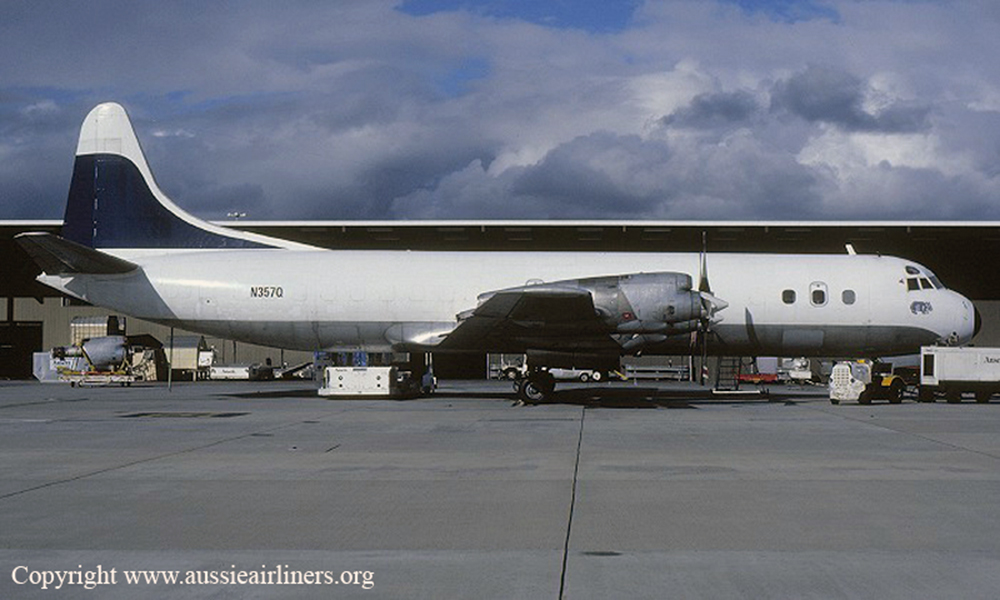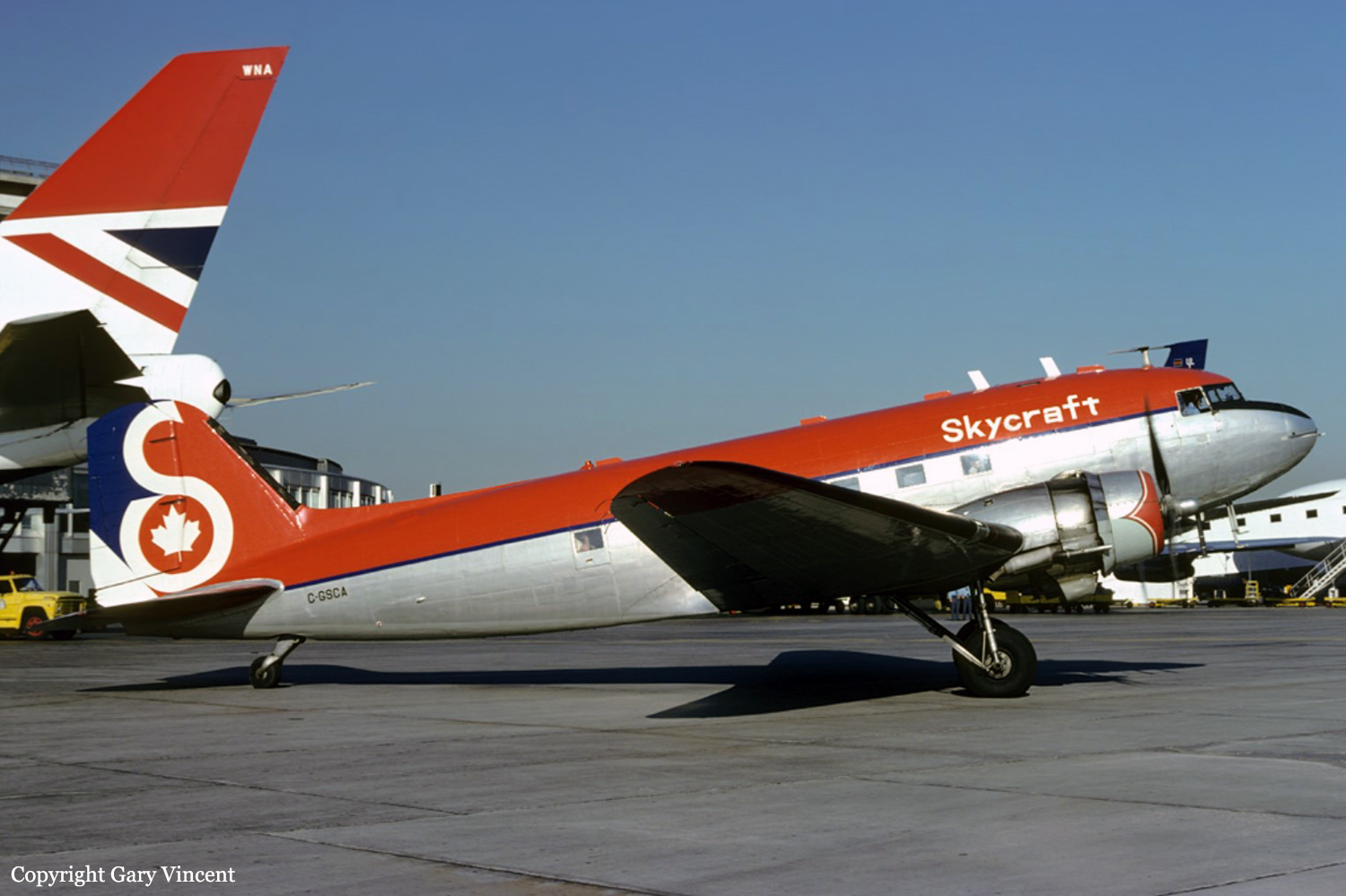Crash of a Lockheed L-188AF Electra in Kansas City: 3 killed
Date & Time:
Jan 9, 1985 at 0701 LT
Registration:
N357Q
Survivors:
No
Schedule:
Detroit - Kansas City
MSN:
1044
YOM:
1959
Crew on board:
3
Crew fatalities:
Pax on board:
0
Pax fatalities:
Other fatalities:
Total fatalities:
3
Captain / Total hours on type:
5000.00
Circumstances:
During arrival to the Kansas City Downtown Airport, the flight was vectored for a VOR runway 03 approach, then was cleared for the approach and to circle and land on runway 36. On final approach, the aircraft was high and was not in a position to land, so the flight was cleared to circle left for another approach to land. The aircrew acknowledged and began circling left which took them in the vicinity of the Fairfax Airport. A short time later, the ATC controller cautioned that the flight might be lining up for the Fairfax Airport. Subsequently, the crew initiated a missed approach and were instructed to turn to 360° and climb to 3,000 feet. The aircraft began a steep climb to 3,100 feet, stalled and entered a steep descent. Before the descent was arrested, the aircraft impacted in a public water treatment plant. CVR recordings indicated that the 1st officer was flying the aircraft during the en route descent, VOR approach and circling approach, then the captain took control during the missed approach. An exam of the wreckage revealed no evidence of an airframe or powerplant problem. Also, there was no evidence that the cargo had shifted. All three crew members were killed.
Probable cause:
Occurrence #1: loss of control - in flight
Phase of operation: missed approach (ifr)
Findings
1. (f) weather condition - low ceiling
2. (f) weather condition - fog
3. (f) light condition - dawn
4. (f) ifr procedure - improper - copilot/second pilot
5. (f) supervision - inadequate - pilot in command
6. Maneuver - performed - copilot/second pilot
7. (f) became lost/disoriented - inadvertent - copilot/second pilot
8. (f) became lost/disoriented - inadvertent - pilot in command
9. Missed approach - initiated
10. (c) airspeed - not maintained - pilot in command
11. (c) stall - inadvertent - pilot in command
12. Remedial action - delayed
----------
Occurrence #2: in flight collision with terrain/water
Phase of operation: descent - uncontrolled
Phase of operation: missed approach (ifr)
Findings
1. (f) weather condition - low ceiling
2. (f) weather condition - fog
3. (f) light condition - dawn
4. (f) ifr procedure - improper - copilot/second pilot
5. (f) supervision - inadequate - pilot in command
6. Maneuver - performed - copilot/second pilot
7. (f) became lost/disoriented - inadvertent - copilot/second pilot
8. (f) became lost/disoriented - inadvertent - pilot in command
9. Missed approach - initiated
10. (c) airspeed - not maintained - pilot in command
11. (c) stall - inadvertent - pilot in command
12. Remedial action - delayed
----------
Occurrence #2: in flight collision with terrain/water
Phase of operation: descent - uncontrolled
Final Report:






